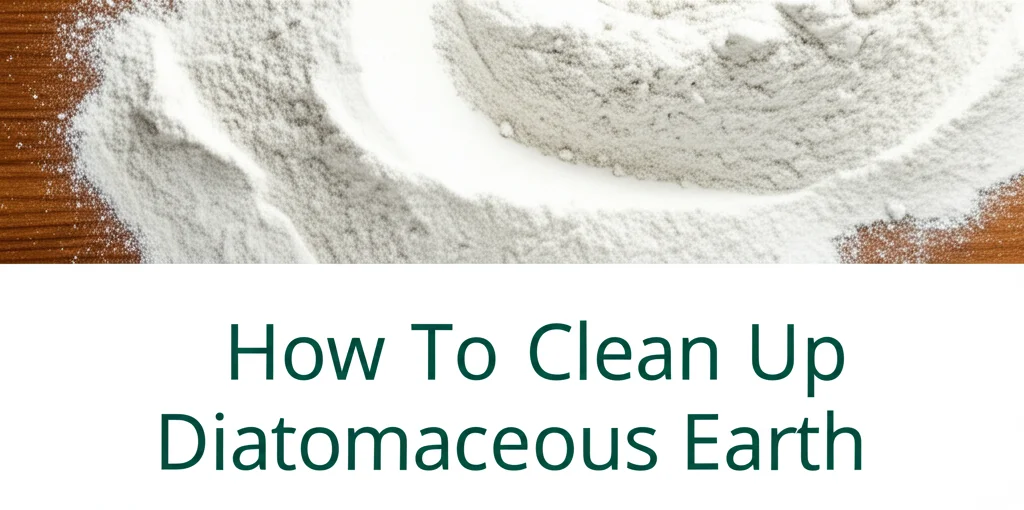· Cleaning Tips · 7 min read
How To Clean The Dirty Tank On Bissell Little Green

Keeping Your Bissell Little Green Fresh: A Guide to Tank Cleaning
Is your Bissell Little Green losing suction? Do you notice a funky smell when you use it? The culprit is likely a dirty water tank. Many users overlook this crucial step, but regularly cleaning the tank is essential for maintaining your machine’s performance and preventing unpleasant odors. This article will guide you through a simple, effective process to clean the dirty tank on your Bissell Little Green, ensuring it continues to tackle messes with ease. We’ll cover everything from initial disassembly to thorough cleaning and drying, keeping your spot cleaner in top condition.
Quick Answer: To clean your Bissell Little Green’s dirty tank, detach it from the machine, empty any remaining dirty water, disassemble the parts, wash them with warm, soapy water, rinse thoroughly, and allow them to air dry completely before reassembling.
Takeaway:
- Regularly clean your Bissell Little Green’s dirty tank.
- Disassemble the tank for a thorough cleaning.
- Ensure all parts are completely dry before reassembly.
- Use mild soap and warm water for cleaning.
Why Cleaning Your Bissell Little Green Tank Matters
Let’s face it, the dirty water tank in your Bissell Little Green sees a lot of grime. It collects everything your machine lifts from carpets, upholstery, and other surfaces. Over time, this buildup can lead to several problems. A dirty tank can harbor bacteria and mold, causing unpleasant smells. It can also restrict water flow, reducing the machine’s suction power and cleaning effectiveness. Ignoring this maintenance can shorten the lifespan of your Little Green, so a little effort goes a long way.
Gathering Your Cleaning Supplies
Before you begin, gather everything you’ll need for a smooth and efficient cleaning process. You won’t need any harsh chemicals or specialized tools. Simple supplies are all that’s required to get the job done. Here’s a checklist:
- Warm water
- Mild dish soap
- Soft-bristled brush (an old toothbrush works great!)
- Clean cloths or paper towels
- Rubber gloves (optional, but recommended)
- Sink or bucket
Step-by-Step Guide to Cleaning the Dirty Tank
Now, let’s get down to business! This section will walk you through the cleaning process step-by-step. Follow these instructions carefully to ensure a thorough clean and avoid damaging your machine.
1. Detach the Dirty Tank
First, unplug your Bissell Little Green from the power outlet. Safety first! Then, carefully detach the dirty water tank from the machine. Most models have a simple release mechanism – usually a button or latch. Refer to your owner’s manual if you’re unsure how to remove the tank on your specific model.
2. Empty and Rinse the Tank
Once detached, empty any remaining dirty water into a toilet or drain. You’ll likely be surprised by how much gunk remains even after a cleaning session. Rinse the tank thoroughly with warm water to remove loose debris. This initial rinse helps loosen stubborn dirt and grime.
3. Disassemble the Tank Components
Most Bissell Little Green dirty tanks can be disassembled for a more thorough cleaning. Typically, this involves removing the float and any other removable parts. Again, consult your owner’s manual for specific instructions on how to disassemble your tank. Disassembling allows you to reach all areas where dirt and bacteria can accumulate.
4. Wash with Soapy Water
Fill your sink or a bucket with warm water and add a small amount of mild dish soap. Avoid using harsh chemicals, bleach, or abrasive cleaners, as these can damage the plastic. Submerge the tank and its components in the soapy water and use a soft-bristled brush to scrub all surfaces. Pay close attention to corners, crevices, and the float valve area. A toothbrush is perfect for getting into tight spaces.
5. Thoroughly Rinse All Parts
After scrubbing, rinse all the tank components thoroughly with clean, warm water. Ensure all traces of soap are removed, as residual soap can attract dirt and affect the machine’s performance. Continue rinsing until the water runs clear. This step is crucial for preventing future buildup and maintaining optimal cleaning results.
6. Air Dry Completely
This is perhaps the most important step! Allow all the tank components to air dry completely before reassembling. Do not attempt to reassemble the tank while it’s still wet, as this can promote mold growth. Place the parts on a clean towel or drying rack in a well-ventilated area. Complete drying can take several hours, or even overnight.
Addressing Stubborn Stains and Odors
Sometimes, despite your best efforts, stubborn stains or lingering odors remain. Here are a few tips to tackle these issues:
- Vinegar Soak: For tough stains or odors, fill the tank with a solution of equal parts warm water and white vinegar. Let it soak for 30-60 minutes, then scrub and rinse as described above.
- Baking Soda Paste: Create a paste of baking soda and water and apply it to stubborn stains. Let it sit for a few minutes, then scrub and rinse.
- Disinfectant (Use with Caution): If you suspect mold or bacteria, you can use a diluted disinfectant solution. Always rinse thoroughly after using any disinfectant. Ensure the disinfectant is safe for use on plastics.
Maintaining Your Clean Tank: Preventative Measures
Cleaning your tank regularly is essential, but you can also take steps to prevent it from getting excessively dirty in the first place. Consider these preventative measures:
- Empty the Tank Frequently: Don’t let the dirty water tank fill up completely during cleaning sessions. Empty it after each use or when it reaches the maximum fill line.
- Use Clean Water: Always use clean water in the clean water tank. Dirty water can contaminate the entire system.
- Pre-Treat Stains: Pre-treating stains before using your Bissell Little Green can reduce the amount of dirt and grime that ends up in the dirty water tank. You can find more information on pre-treating stains here.
- Regular Cleaning Schedule: Establish a regular cleaning schedule for your dirty tank – ideally, after every few uses or at least once a month.
Frequently Asked Questions (FAQs)
Q: How often should I clean the dirty tank on my Bissell Little Green?
A: You should aim to clean the dirty tank after every few uses, or at least once a month, depending on how frequently you use your machine and the types of messes you’re cleaning. Regular cleaning prevents buildup and maintains optimal performance.
Q: Can I use bleach to clean the dirty tank?
A: No, you should not use bleach to clean the dirty tank. Bleach can damage the plastic and potentially harm your machine. Stick to mild dish soap and warm water.
Q: My tank still smells after cleaning. What can I do?
A: Try soaking the tank in a solution of equal parts warm water and white vinegar for 30-60 minutes. Ensure you rinse thoroughly afterward. If the odor persists, consider using a diluted disinfectant solution (with caution and thorough rinsing).
Q: Is it okay to put the tank in the dishwasher?
A: No, it is generally not recommended to put the Bissell Little Green tank in the dishwasher. The high heat and harsh detergents can damage the plastic. Hand washing is the safest and most effective method.
Conclusion
Cleaning the dirty tank on your Bissell Little Green is a simple yet vital maintenance task. By following these steps, you can ensure your machine continues to deliver powerful cleaning performance and remains hygienic. Remember to disassemble, wash, rinse, and completely dry all components. A clean tank means a cleaner home and a longer lifespan for your Bissell Little Green. Don’t neglect this important step – your machine will thank you! For more cleaning tips and tricks, explore our other articles on Beacleaner.com.




